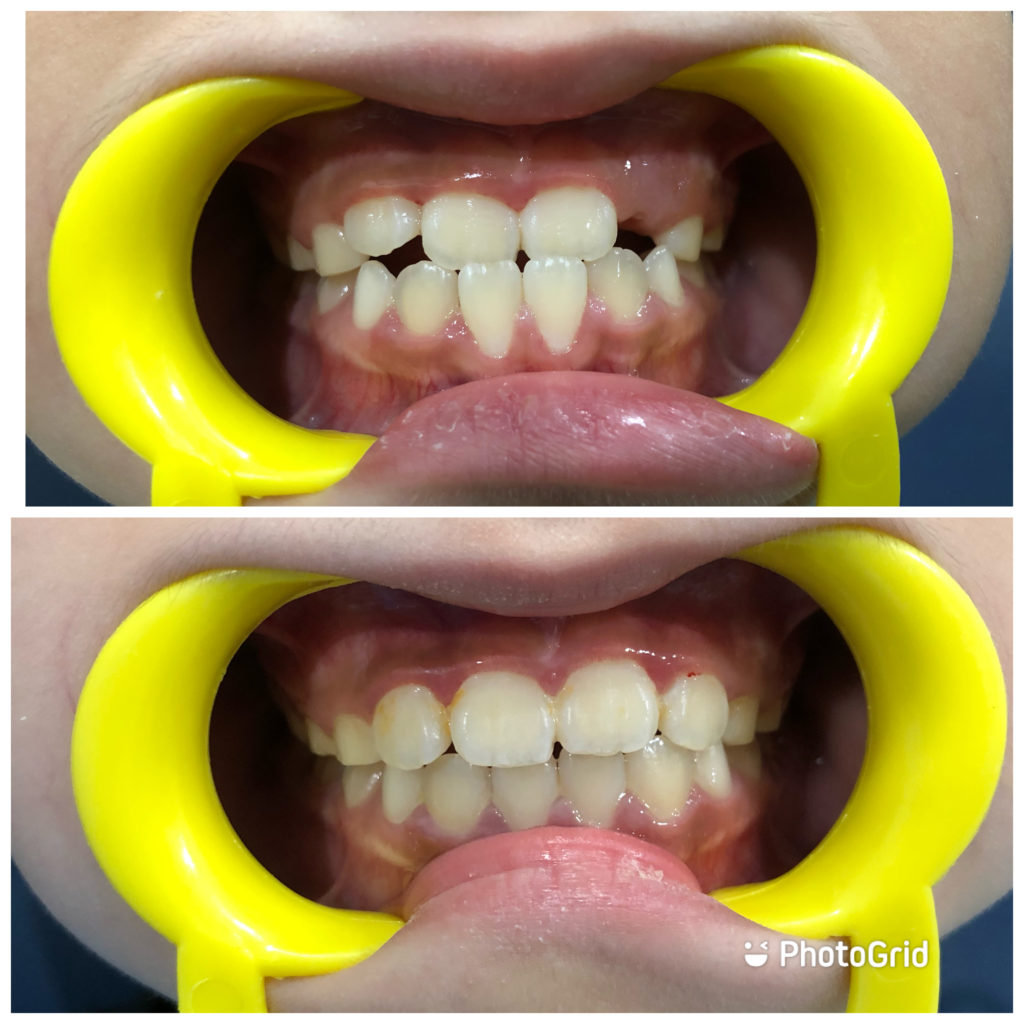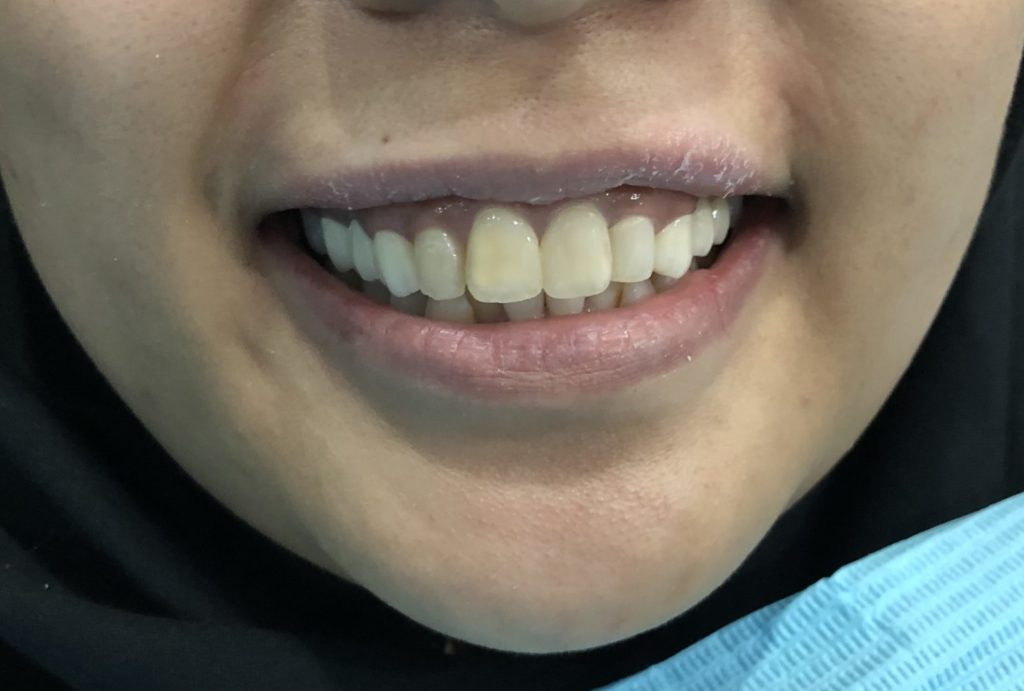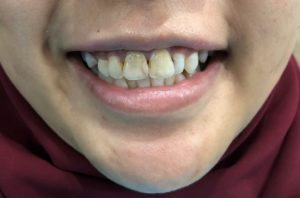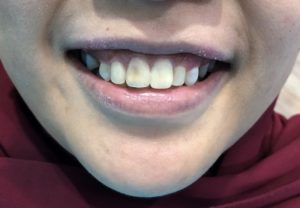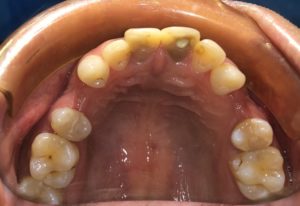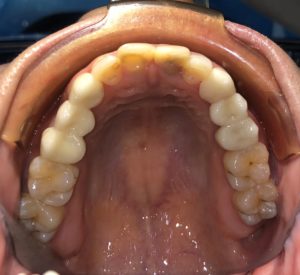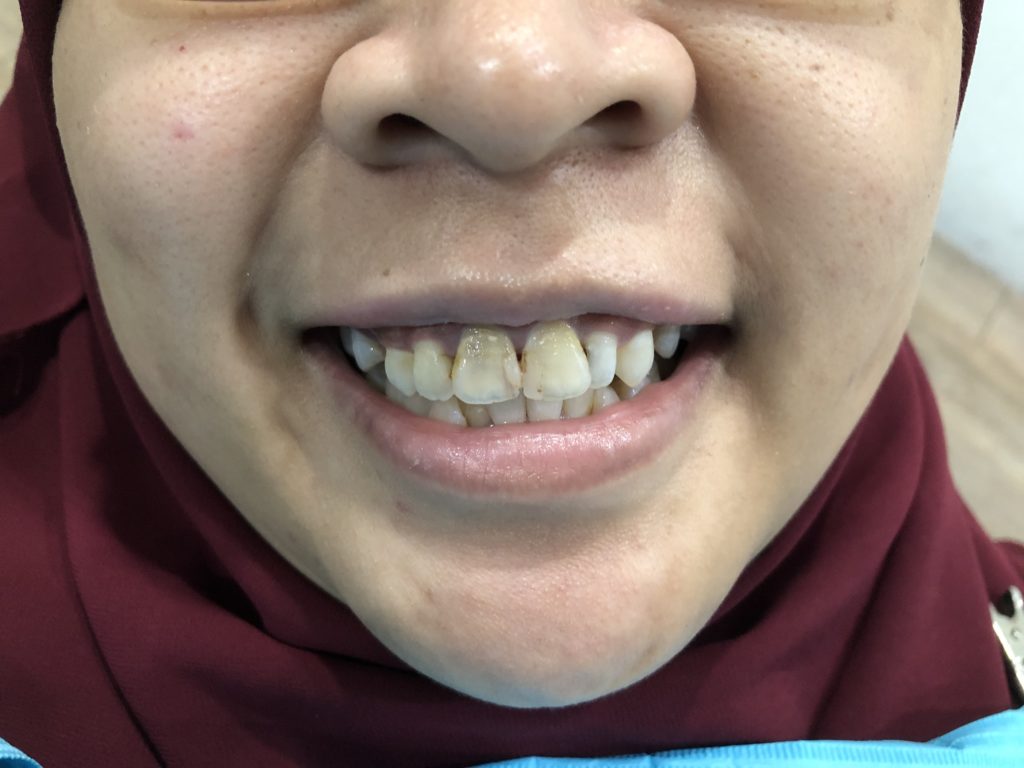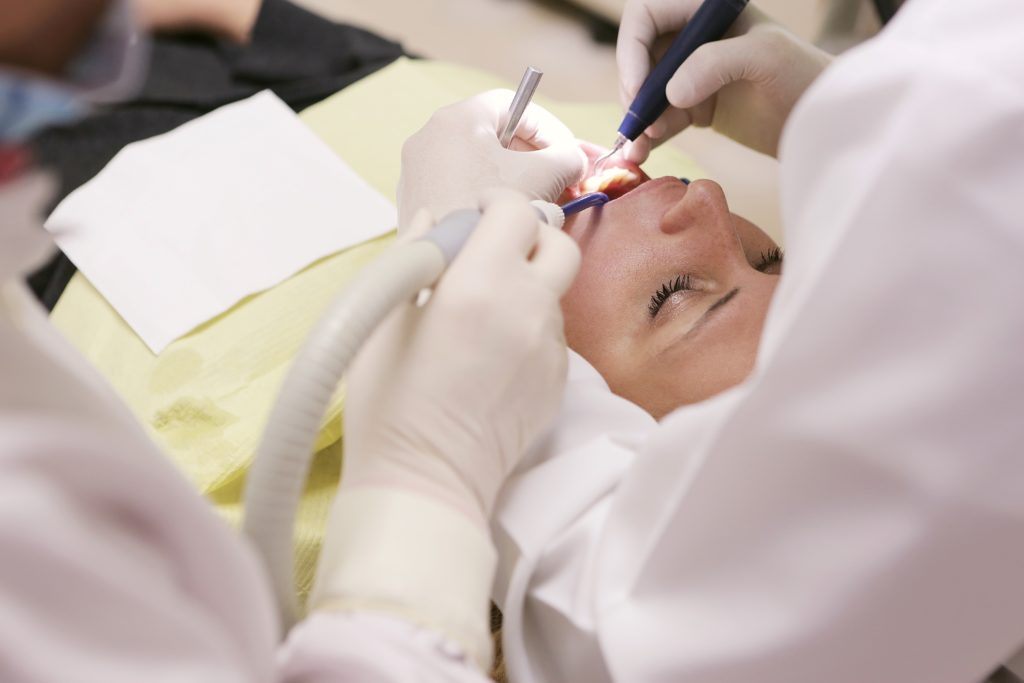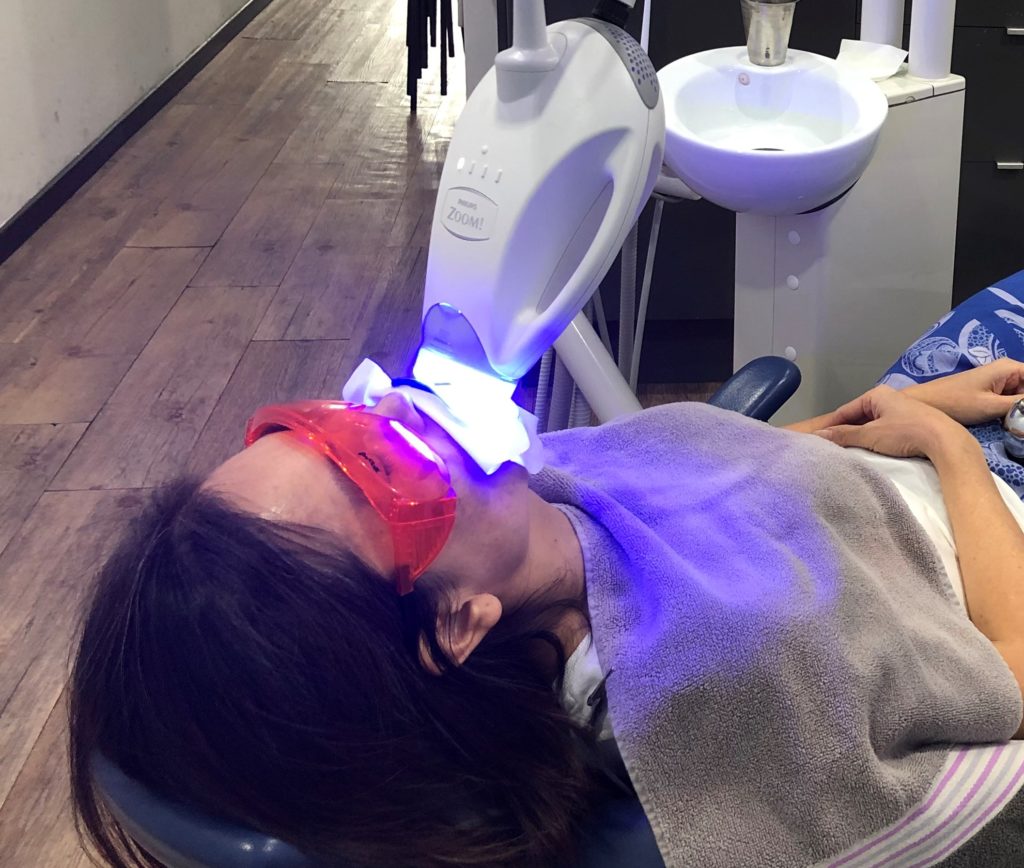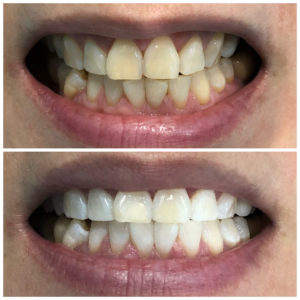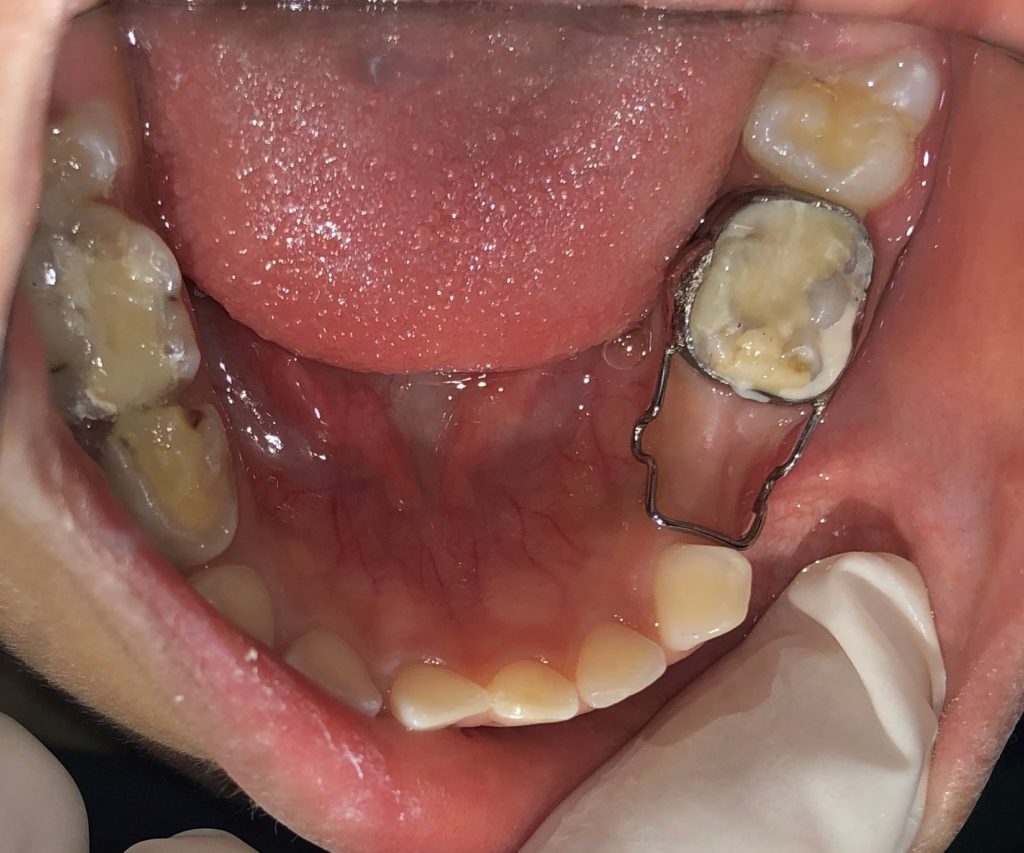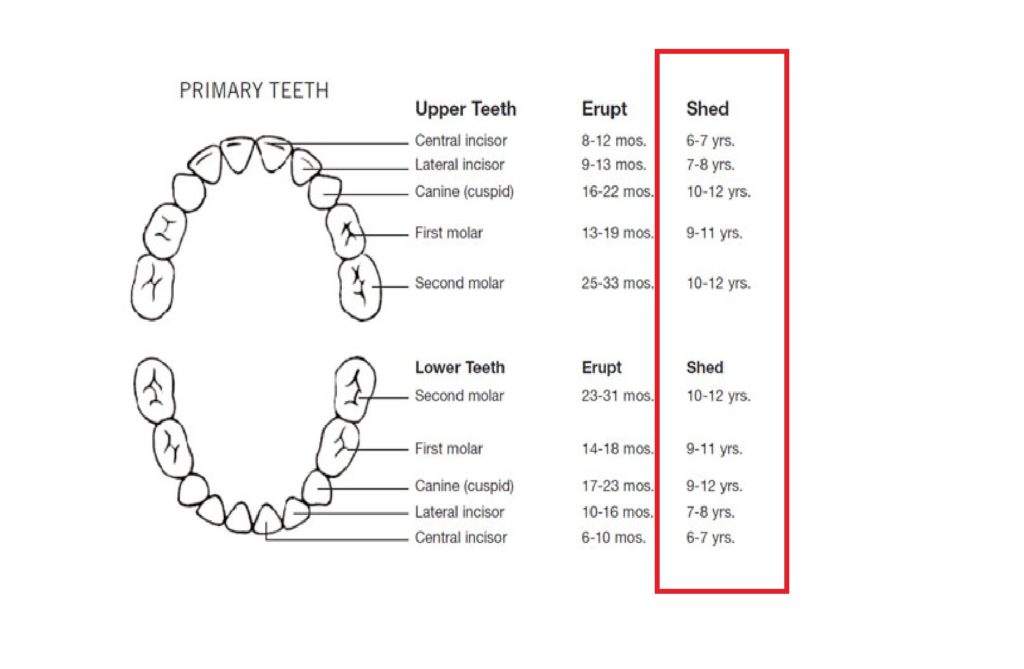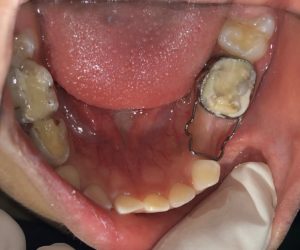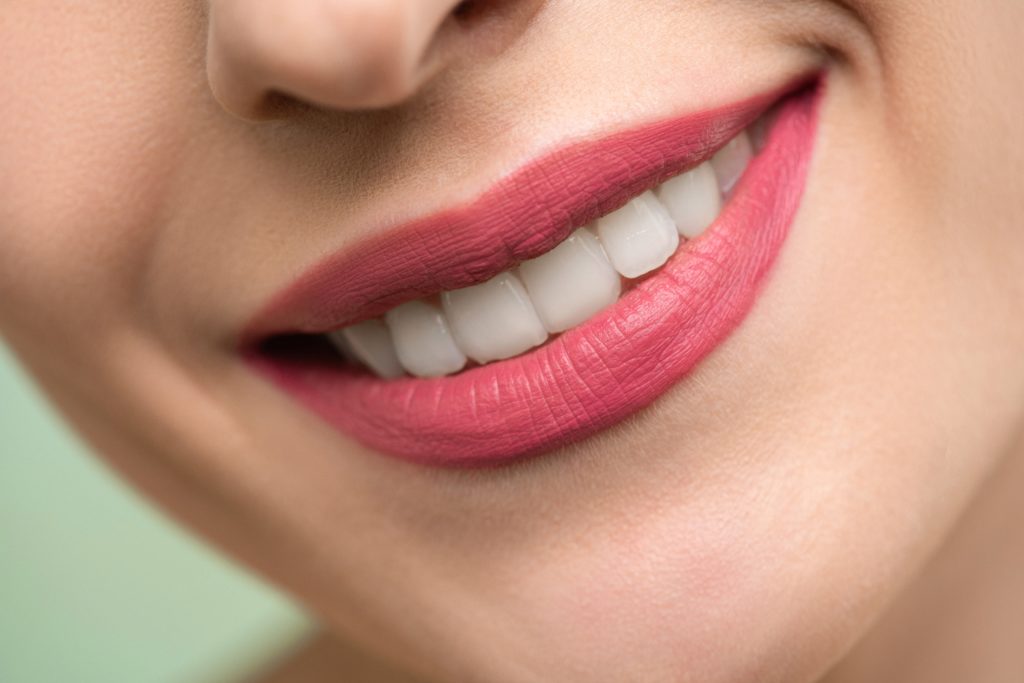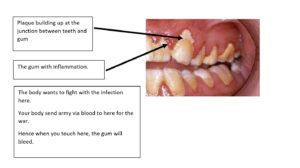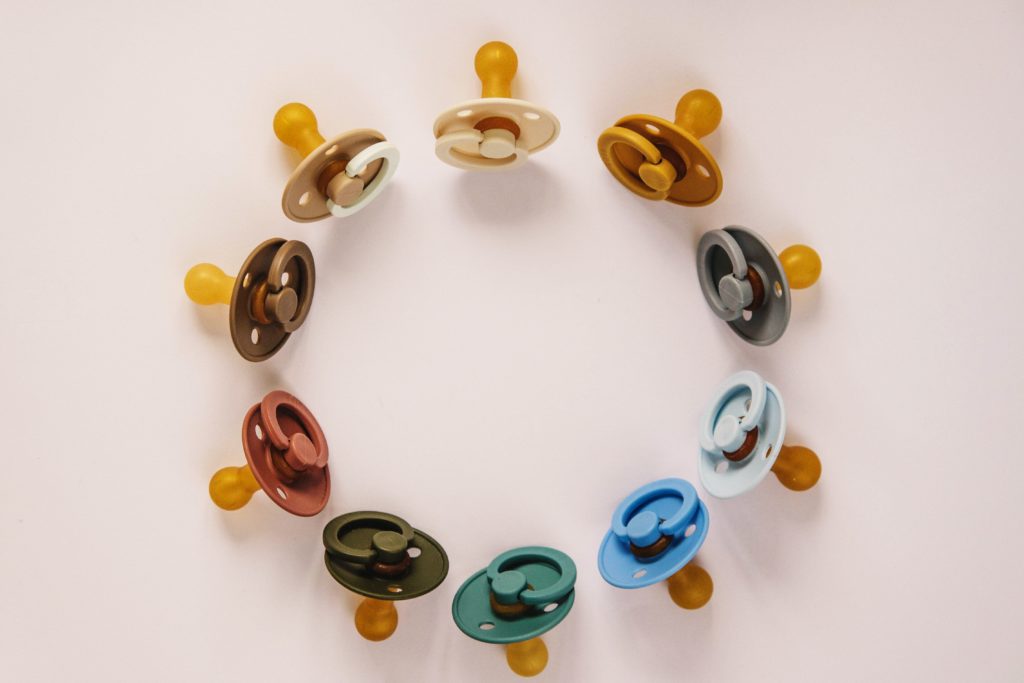Children Dentistry: Anterior Cross Bite Correction
This is one of the cases that I am really proud of.
I feel proud, not because it is a bombastic treatment.
I feel proud, because a small gesture that I did make a difference for his entire life.
In other word, it is impactful!
Interceptive Orthodontic Treatment
Most parents do not realise the need of an assessment for interceptive treatment at young age;
and will only seek orthodontic treatment (braces) after all the permanent teeth have erupted.
In most of the cases, it works; but not all.
The trusth is : any problem that involve jaw development is best to be corrected at young age.
Once the jaw has been fully developed, the most likely way to treat it will be surgery in adulthood.
Interceptive orthodontic treatment is treatment that help to remove any obstacle in jaw development and helps the jaw to develop in a natural and correct way.
So the most important take home message from this post is :
Do an orthodontic evaluation at about age 7 and 8.
Case Study
Anterior Cross Bite
This is a little boy at age 7 when his mum brings him for a cleaning of his teeth.
When I see kid at this age, my routine is that I will assess their bite and eruption of the teeth to make sure everything is going the right way.
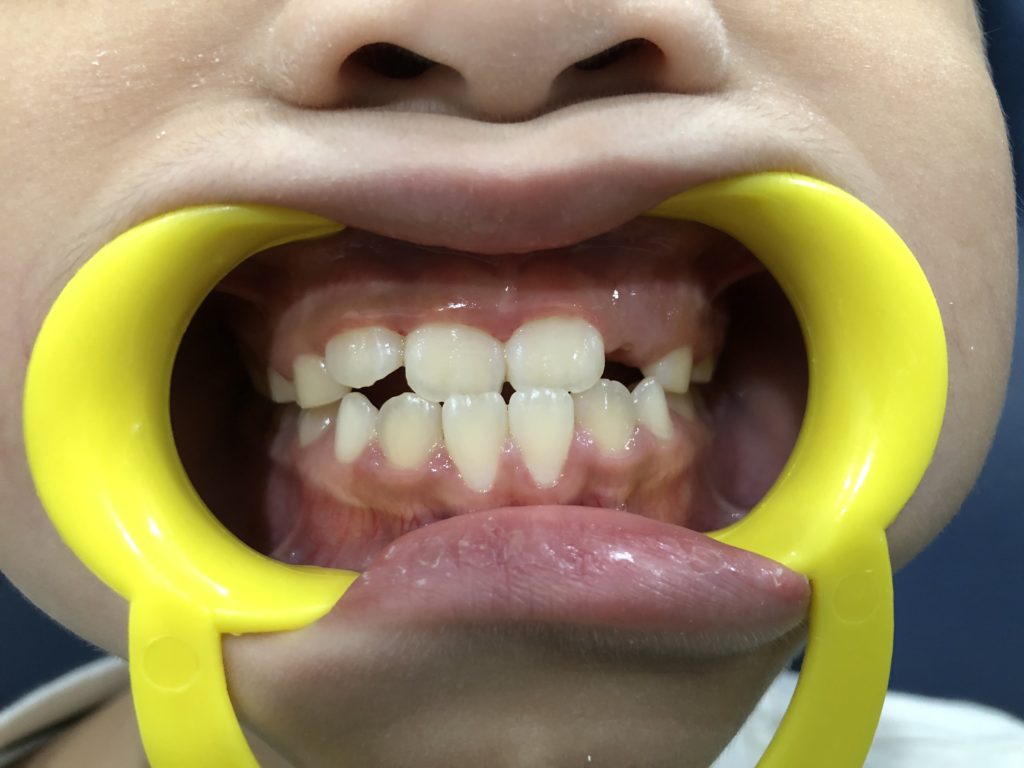
The two front teeth were trapper by the lower teeth. Take note also that the two lower teeth appears much longer than others.
For him, his upper front teeth were trapped by the lower front teeth.
His mother never realised about this.
To be fair, it wasnt obvious at all as it only involved the two front teeth which just erupted not long ago.
If not because I was checking his bite, I most likely would have missed it as well.
So, parents please check your kid’s bite from time to time to be sure that their bite is correct. The upper teeth should be in front of the lower teeth.
If this condition was left behind, he will become a true class III (reverse bite where the lower jaw become much longer than the upper jaw)
Why is that so?
Jaw Development
At his age, the upper jaw was developing but it can’t continue to grow as the lower teeth were stopping it from growing. It was trapped and limited his upper jaw to grow.
At this point, the lower jaw wasn’t growing as much and hence most people wont notice it.
When he reaches his puberty age, at about 10-13 years old, the lower jaw will start growing.
By then, there is nothing from the top to make sure that the lower jaw grows according to his correct profile. The lower jaw will keep on growing and finally become much longer than the top.
When this happens, depending on the severity of the jaw discrepancy, could be difficult to solve. Worst case scenario is that a major surgery would be required to correct it.
Other problem
On top of the restriction of the upper jaw, another problem happens together with anterior cross bite.
As the upper jaw tries to grow, the upper teeth will push the lower front teeth forward in an abnormal rate.
The lower teeth could be pushed until that not much bone is encircling the lower teeth and hence cause bone lost if the relevant teeth.
In long term, this can become a serious gum problem and cause premature of losing these two lower teeth.
From the picture above, you can tell that the two lower front teeth are much longer than other teeth.
This is because the teeth were pushed to the border of bone and some of the bone that were supposed to encircling the teeth were lost.
In other word, less bone is holding these teeth and hence weaker.
Orthodontic Appliance
After discussion with the mother, I made an removable appliance for him.
The design of the appliance is Z-spring with posterior bite plane.
The Z-spring was used to push the two teeth forward and the posterior bite plane was to make sure that the lower teeth were not in a way when the Z-spring pushed the teeth forward.
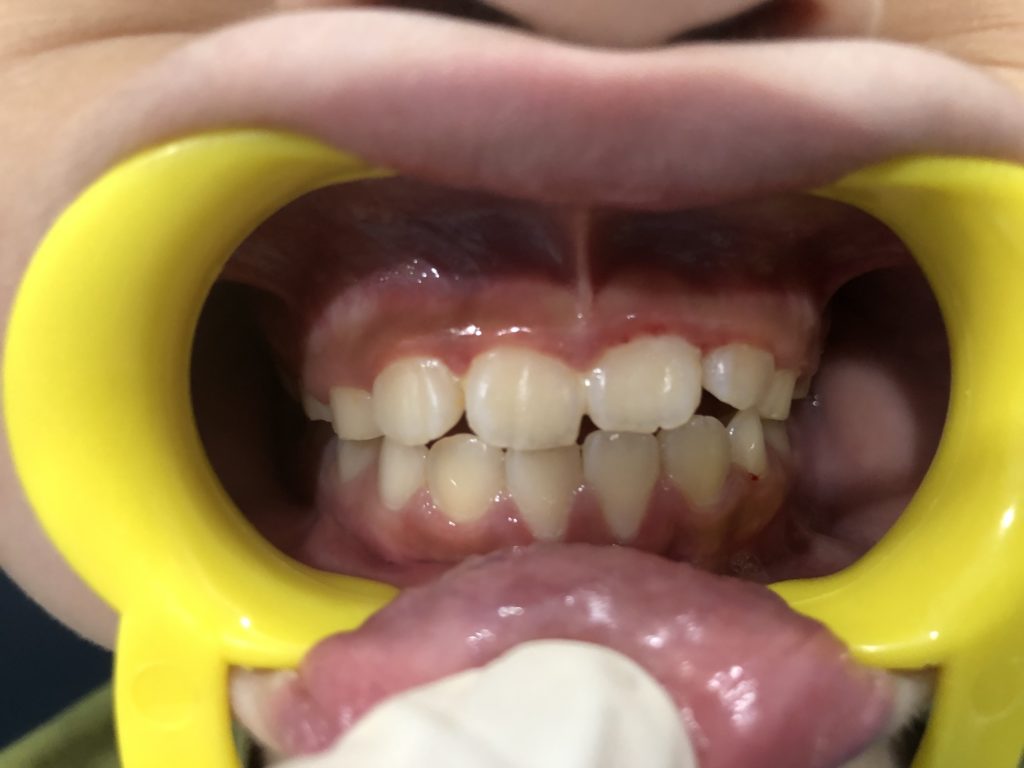
This is a photo taken half way through treatment. One of the tooth has successfully cross over, but the other not totally yet.
Six months down the road, finally the bite was corrected.
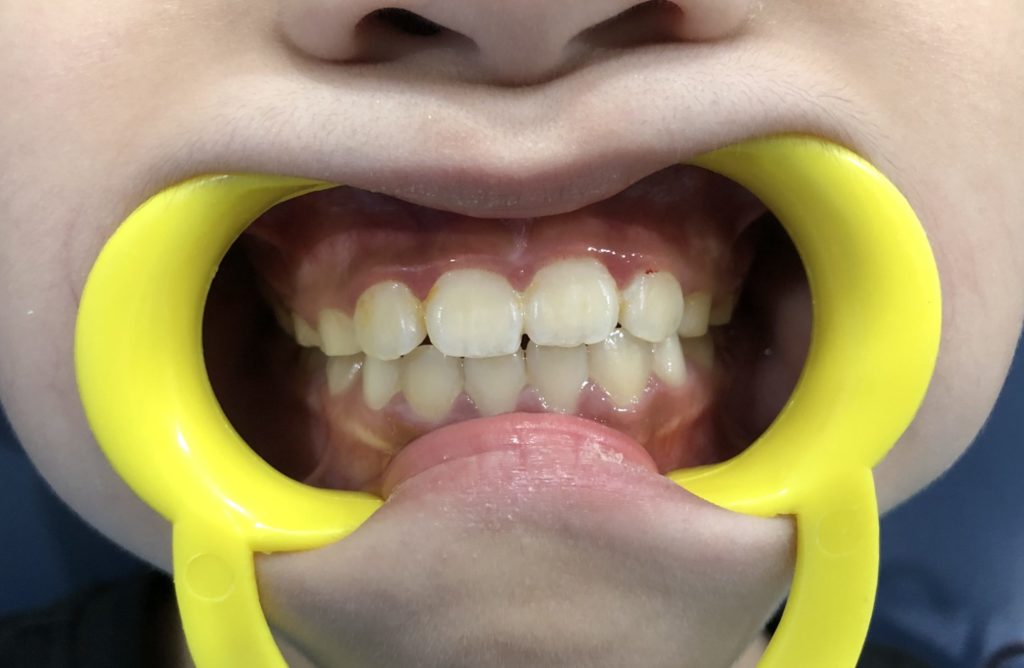
Bite corrected! Hooray!
I am glad that now his upper jaw is no longer trapped and it can grow naturally.
Would he still need to do braces in the future?
Maybe yes, maybe no depending on his other permanent teeth growth.
At least what I can assure is his jaw development is now normal and any minor correction of his teeth alignment could be solved very easily through simple braces.
Honestly, I am very proud of what I have done for this case.
Like I say, it is a small gesture but it impacts his whole life.
How do I not love being a dentist?
With Love,
Gwen Gan

